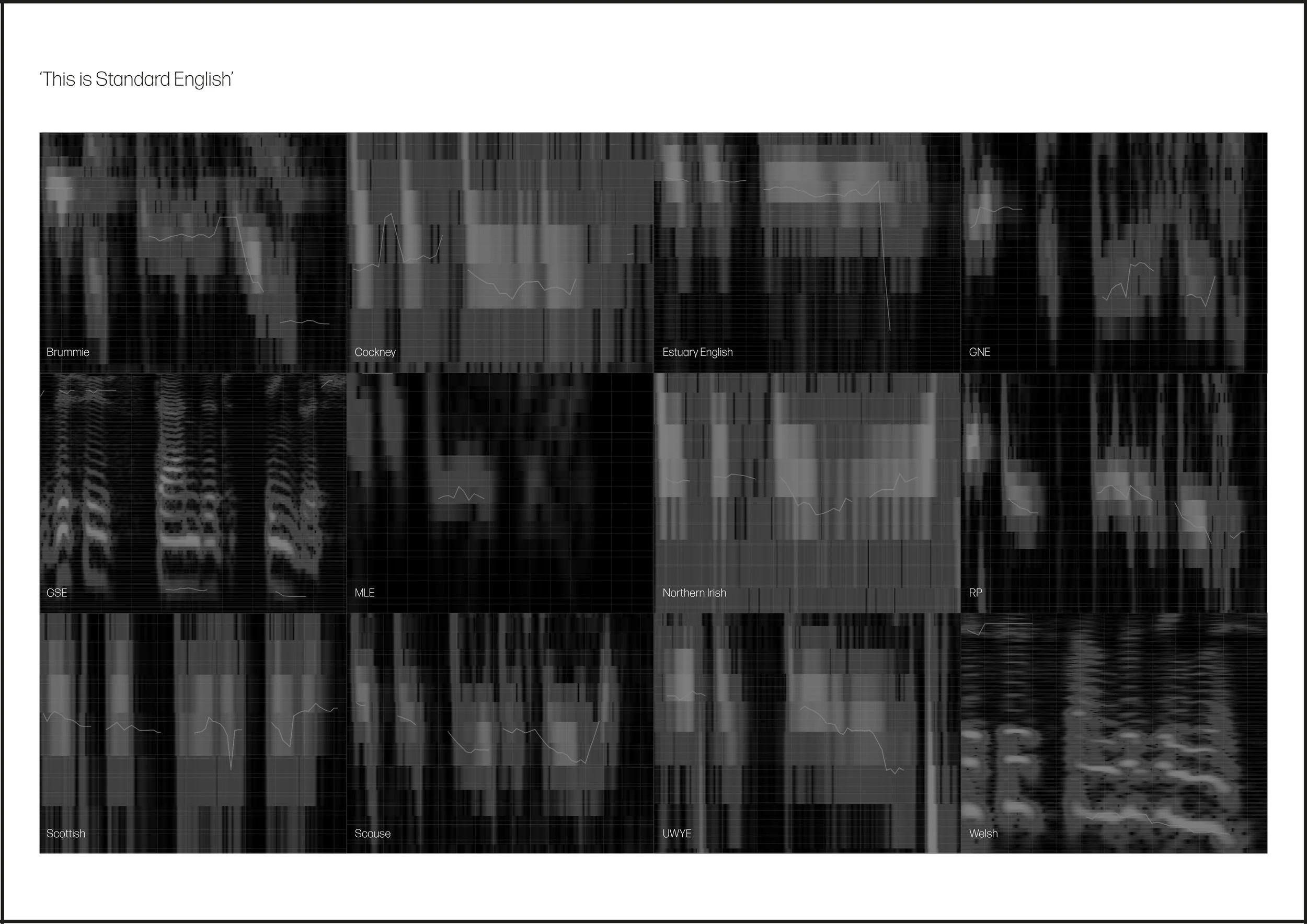‘This is Standard English’
Our accents are characterised by our speech patterns, how we produce vowels and consonants and the differences in stresses, pitch, and rhythm intonations when we speak.
However, not merely empirical, as many sociolinguistic studies highlight, our voice and idiolect form an integral part of our social and personal identities. Often a distinctive mode of pronunciation from an individual or group of people, the distribution of accents within the UK can be conceptualised as distinguishable border environments and categorisations that can incite prejudice and discrimination, disclosing to the listener information on geographical origin and nationality, ethnicity, gender, community, and social class.
It is evidenced that accent ideologies correlate with social factors and play a significant role with respect to language prescriptivism, social stereotypes, the unequal outcomes and opportunities for certain individuals and the excuse of accent intelligibility as a cover up for injustice, discrimination and/or unconscious bias.
In 1929 the British Broadcasting Corporation (BBC) published a book titled the 'BBC's Recommendations for Pronouncing Doubtful Words: Broadcast English', this documented the official standard pronunciation of words which their broadcasters adhered to. This is where the notion of 'BBC English' originated as an idealised form of spoken English. The role of this publication within the BBC was later replaced by the BBC's Pronunciation Unit which still performs this function to date.
The associated prestige of the ‘Standard’ UK English accent (also known and referred to as Received Pronunciation, Queens English, or BBC English) has been apparent since the 17th century yet it is in fact reported to be the native accent of only 3% of the UK population.
So why is this still considered to be the 'Standard'?
This book aims to challenge our idea of 'Standard' UK English and to critique and satirise the notion of accent hierarchy within the UK, translating accents into their most basic representation... sound. As a visual medium we remove the unconscious bias and accent familiarity, allowing each accent to be assessed with impartiality, irrespective of the viewer.





